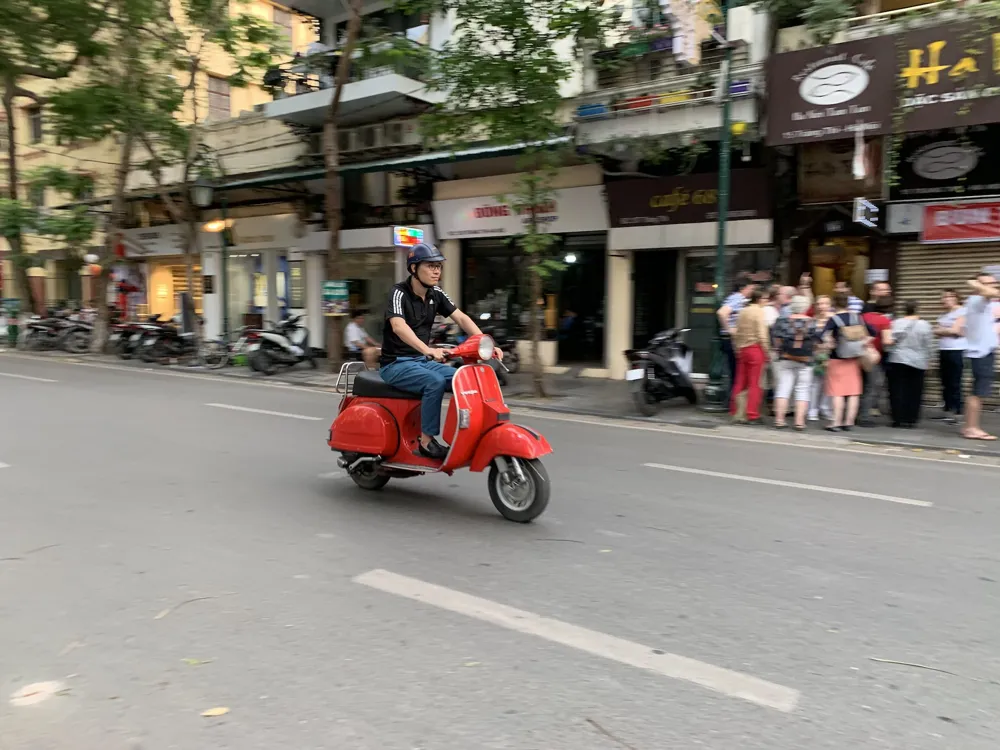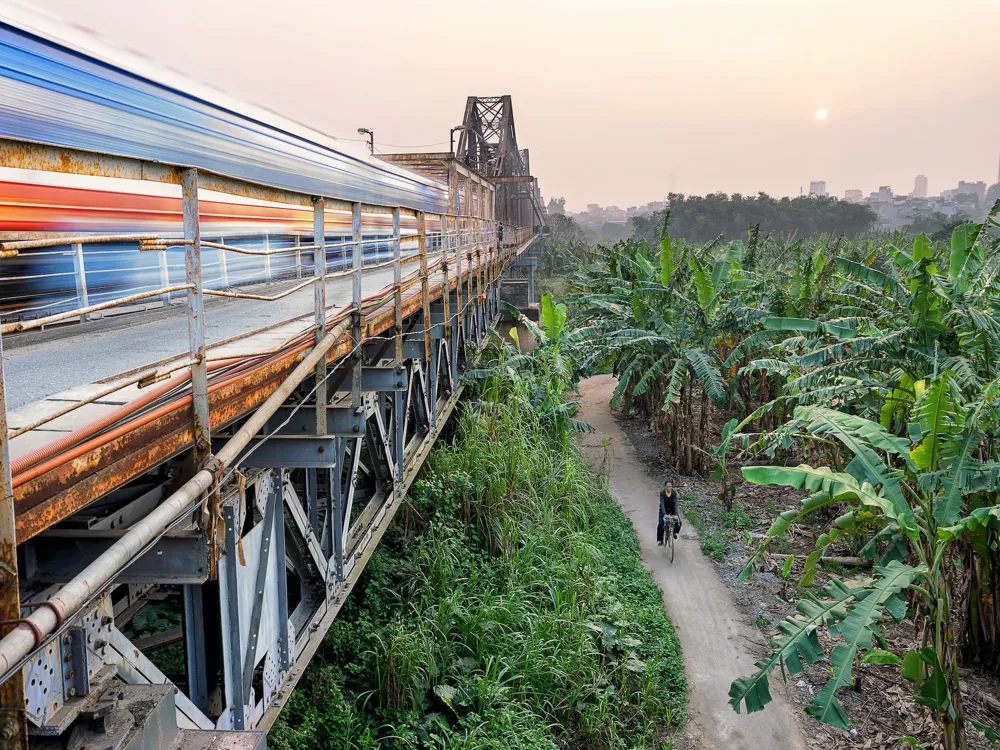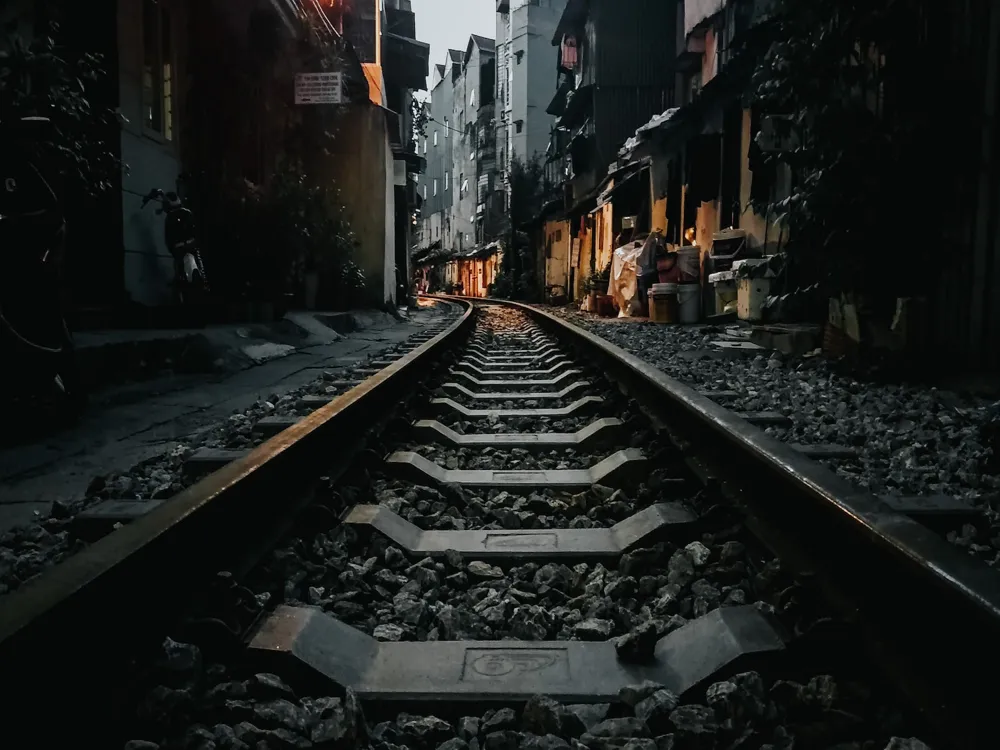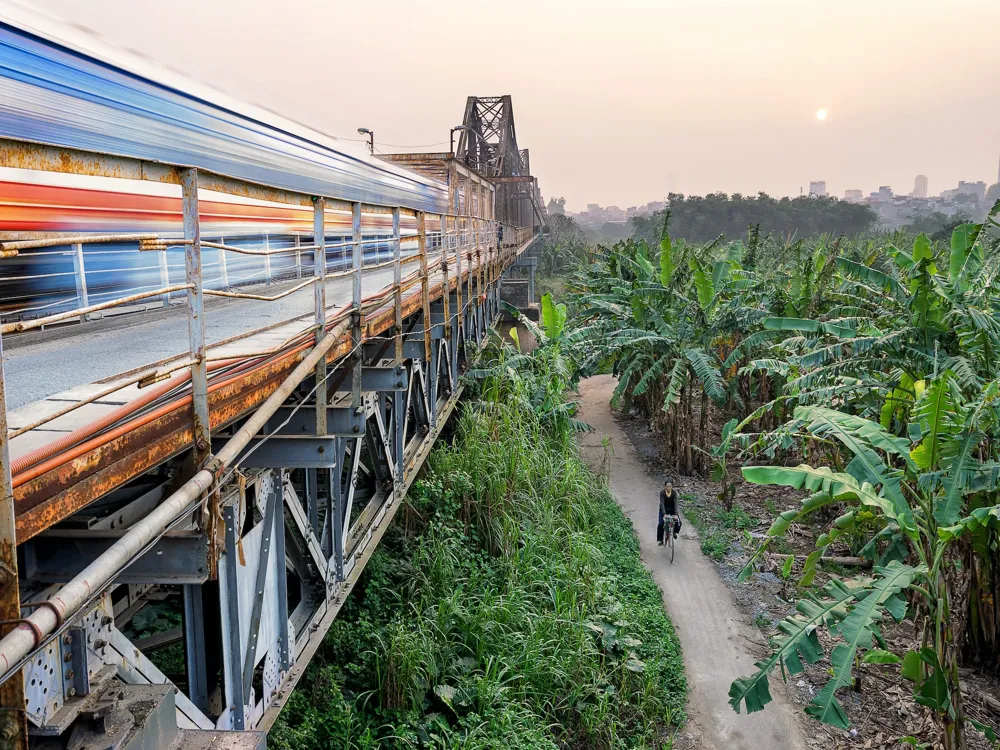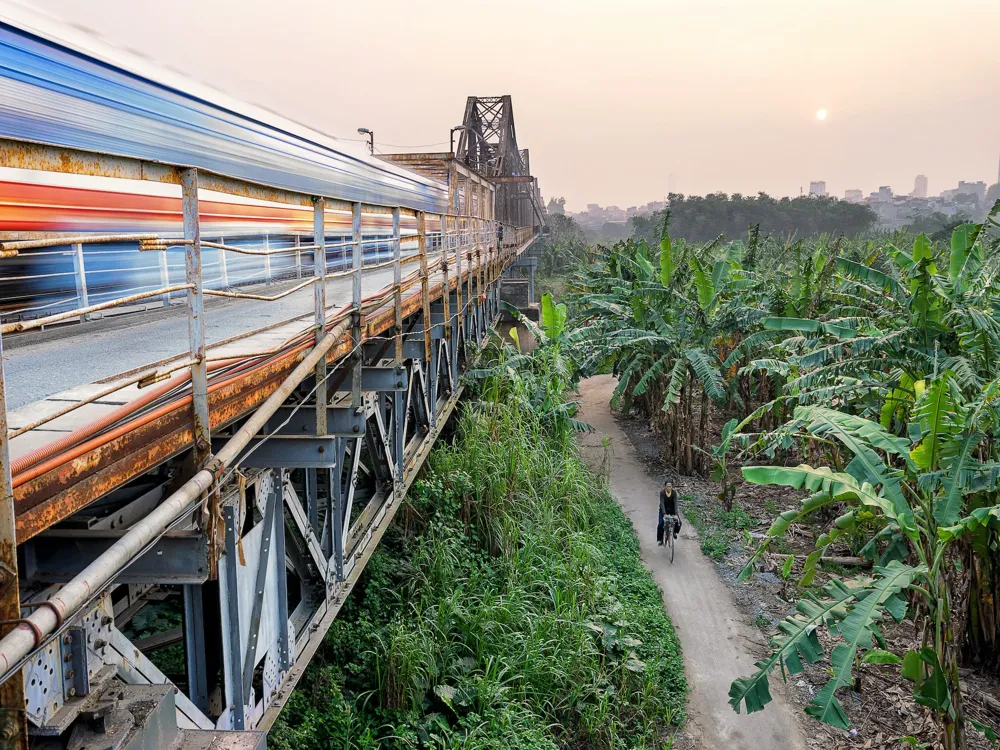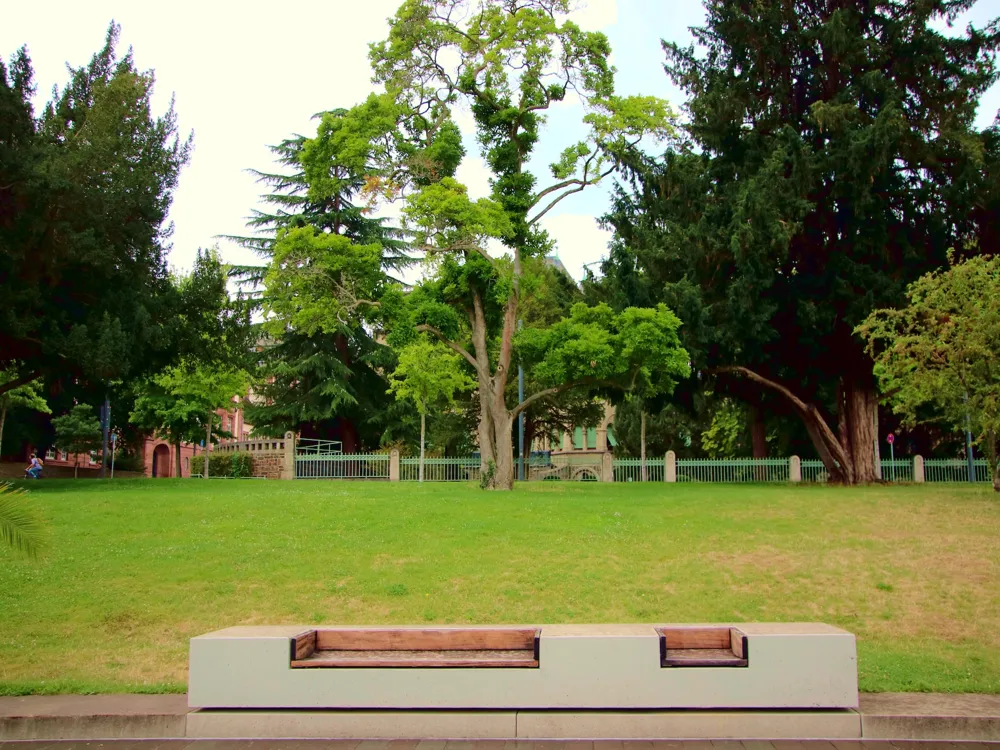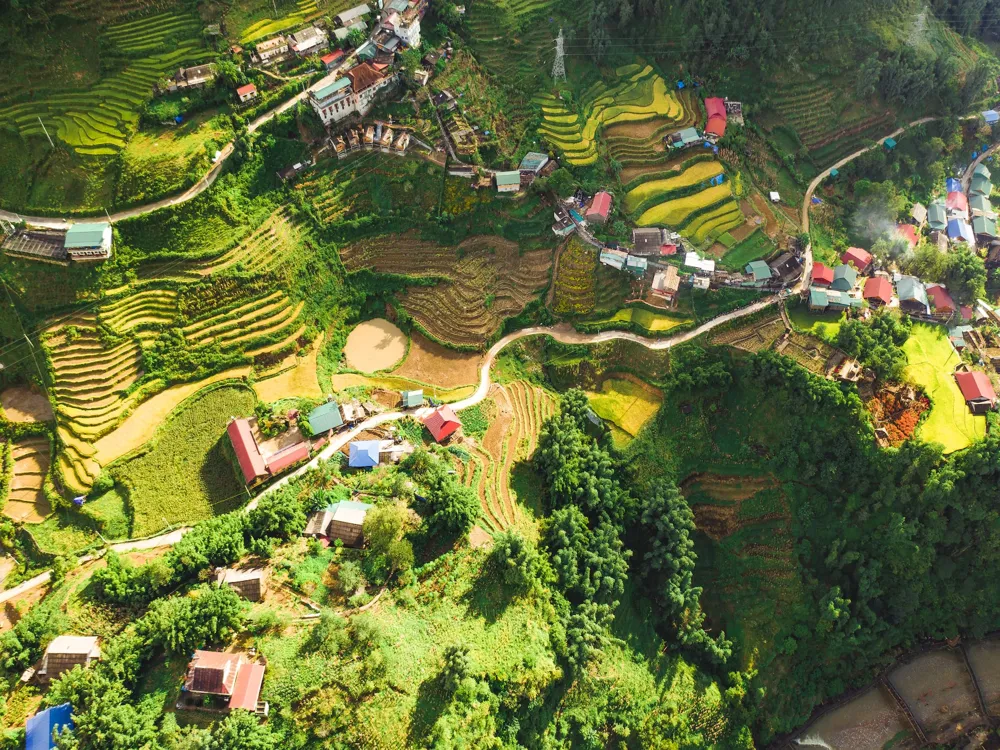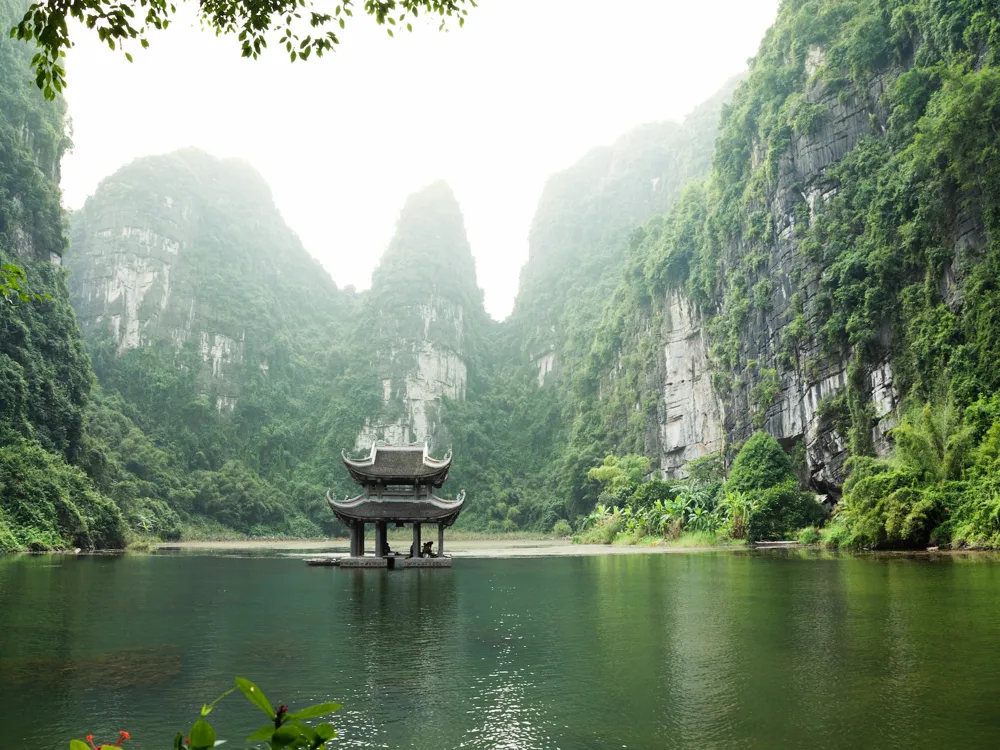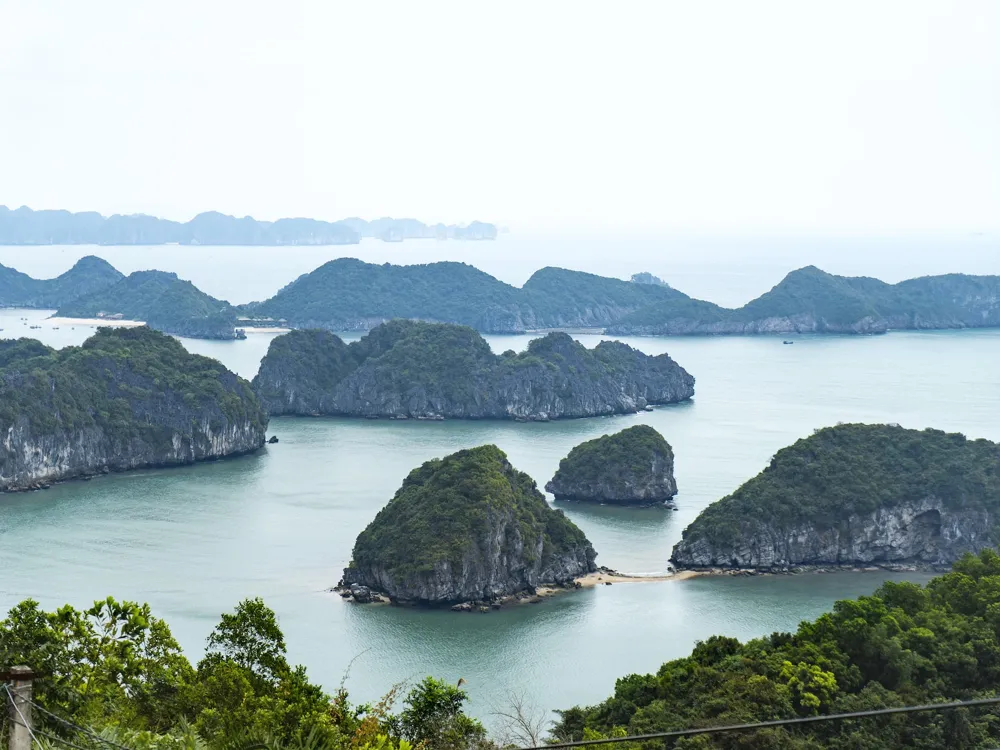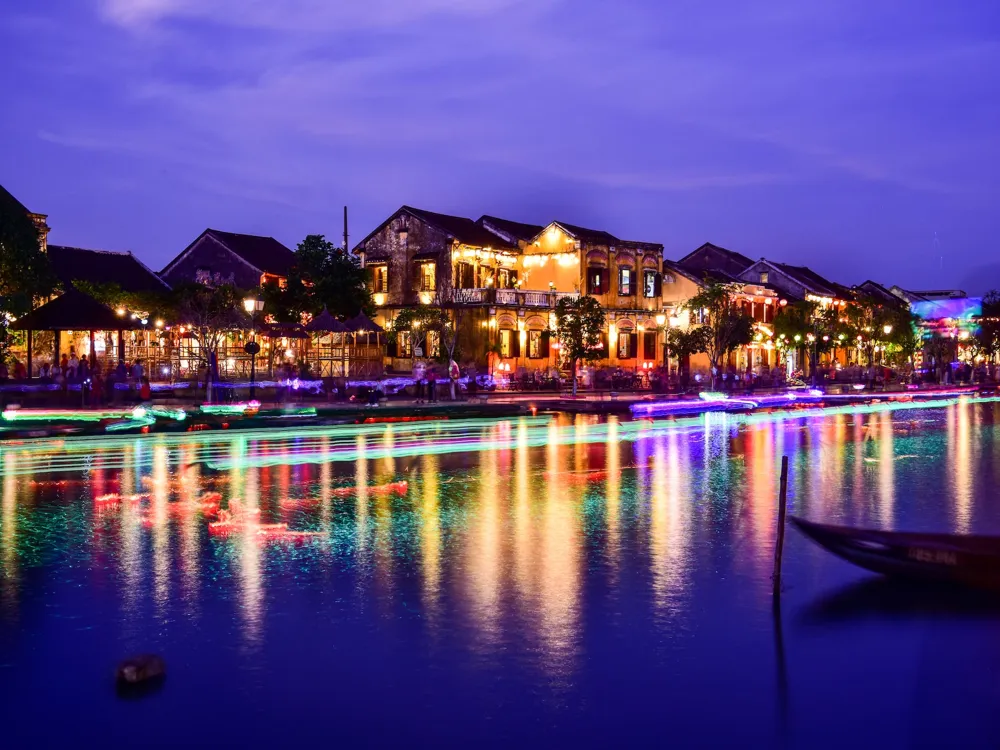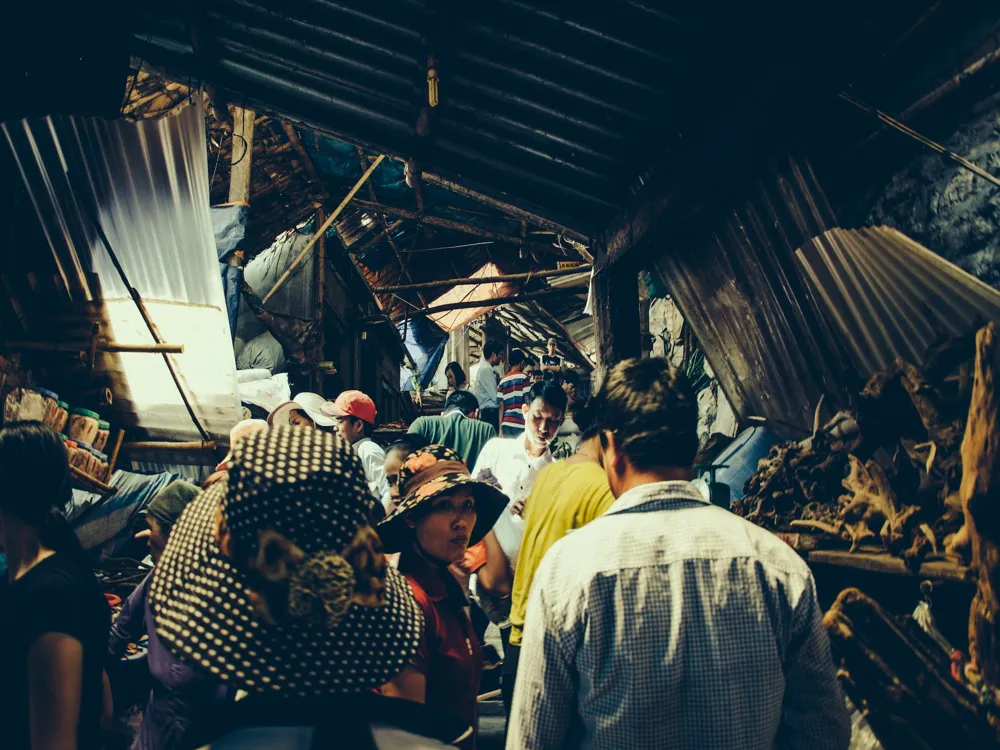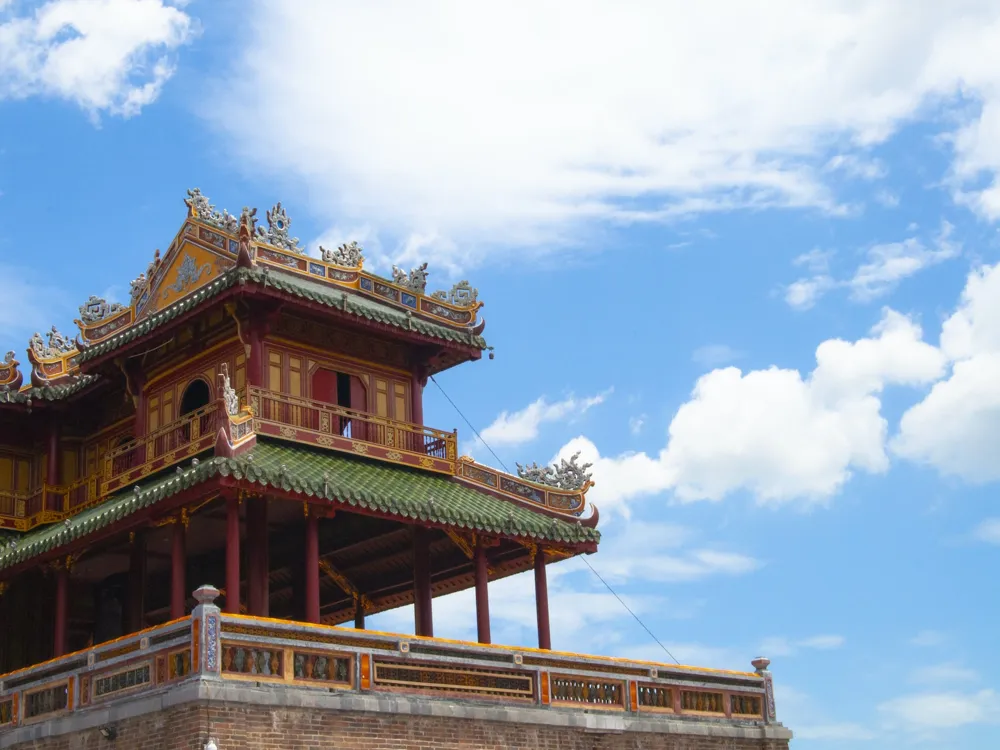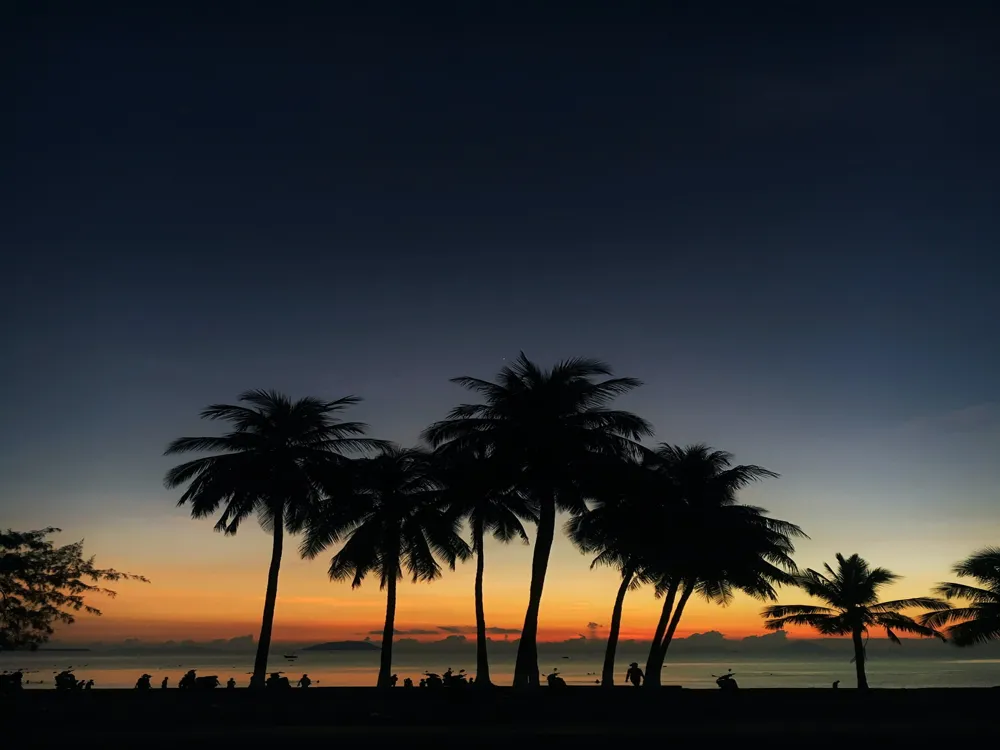Hanoi, the capital city of Vietnam, stands as a testament to the resilience and vibrancy of Vietnamese culture. Known for its centuries-old architecture and a rich history that blends Southeast Asian, Chinese, and French influences, Hanoi is a melting pot of cultural diversity and historical depth. This city, which has been the political heart of Vietnam for over a thousand years, is renowned for its well-preserved colonial buildings, ancient pagodas, unique museums, and vibrant street markets. The city not only serves as a bridge between the past and the present but also is a hub for Vietnamese arts and literature. Hanoi's cuisine, with its blend of spicy, sour, sweet, and savory flavors, is a fundamental part of its identity, offering a culinary journey as complex and colorful as its history.
The architecture of Hanoi is a fascinating blend of traditional Vietnamese style and French colonial influences, creating a unique urban tapestry. The city's architecture can be divided into three main periods: pre-colonial, colonial, and modern. In the pre-colonial era, Hanoi's architecture was predominantly influenced by Chinese styles, as seen in its ancient temples and pagodas. The most famous example is the Temple of Literature, built in the 11th century, showcasing classic Vietnamese design. The colonial period brought a transformation with the introduction of French architectural styles, evident in the grand boulevards and colonial villas that line the streets of Hanoi. The Opera House, built in 1911, is a prime example of French colonial architecture and remains a central landmark. In contrast, the modern architectural landscape of Hanoi is a mix of contemporary high-rises and commercial buildings, symbolizing Vietnam's rapid economic growth.
Hanoi experiences a tropical monsoon climate with a hot, rainy season from May to September, and a cooler, dry season from October to April. The best time to visit is during the cooler months when the weather is more pleasant, making it ideal for exploring the city.
Vietnamese culture places great emphasis on politeness and respect. When visiting religious sites, dress conservatively and remove your shoes before entering. It's also common to greet people with a smile and a nod, rather than a handshake.
Hanoi is famous for its street food, offering a variety of dishes. While indulging in these delicacies, ensure to eat at busy stalls with high turnover, as this is often an indicator of fresh, safe-to-eat food.
Hanoi's Old Quarter is best explored on foot or by cyclo (a three-wheeled bicycle taxi), offering an up-close experience of the city's vibrant street life. For longer distances, taxis are readily available and relatively inexpensive.
Hanoi is well-connected by air, with the Noi Bai International Airport serving as the main gateway to the city. The airport is located about 35 kilometers from the city center, with frequent bus and taxi services available. For those traveling within Vietnam or from neighboring countries, Hanoi is also accessible by train and bus, with the main railway station, Hanoi Station, serving as a hub for many domestic and international routes.
Overview of Hanoi
Architecture of Hanoi
Tips When Visiting Hanoi
Best Time to Visit
Understanding Local Etiquette
Street Food and Safety
Navigating the City
How To Reach Hanoi
Vietnam National Tuong Theatre
Hanoi
₹ 15,260 onwards
View hanoi Packages
Weather :
Tags : Shows & Theatres
Time Required : 1 hour
Planning a Trip? Ask Your Question
Hanoi Travel Packages
View All Packages For Hanoi
Top Hotel Collections for Hanoi

Private Pool

Luxury Hotels

5-Star Hotels

Pet Friendly
Top Hotels Near Hanoi
Other Top Ranking Places In Hanoi
View All Places To Visit In hanoi
View hanoi Packages
Weather :
Tags : Shows & Theatres
Time Required : 1 hour
Planning a Trip? Ask Your Question
Hanoi Travel Packages
View All Packages For Hanoi
Top Hotel Collections for Hanoi

Private Pool

Luxury Hotels

5-Star Hotels

Pet Friendly







